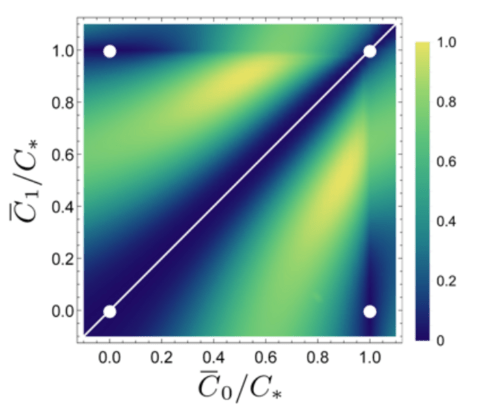RAC1 Journal Club/Seminar Series
An introduction to making scientific figures with Illustrator and Blender
Special guest speaker: Christopher Gutierrez, University of British Columbia
Scientific research can be a slow and laborious process. The absolutely final step in the process is to then communicate your exciting scientific findings to other scientists both in and outside of your field. Yet it is often at this final step where the least amount of time is spent.
